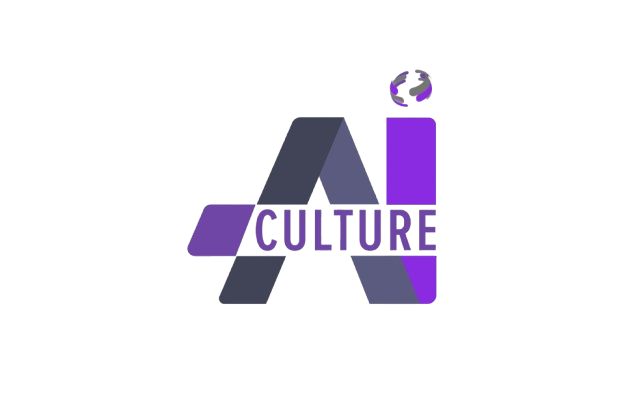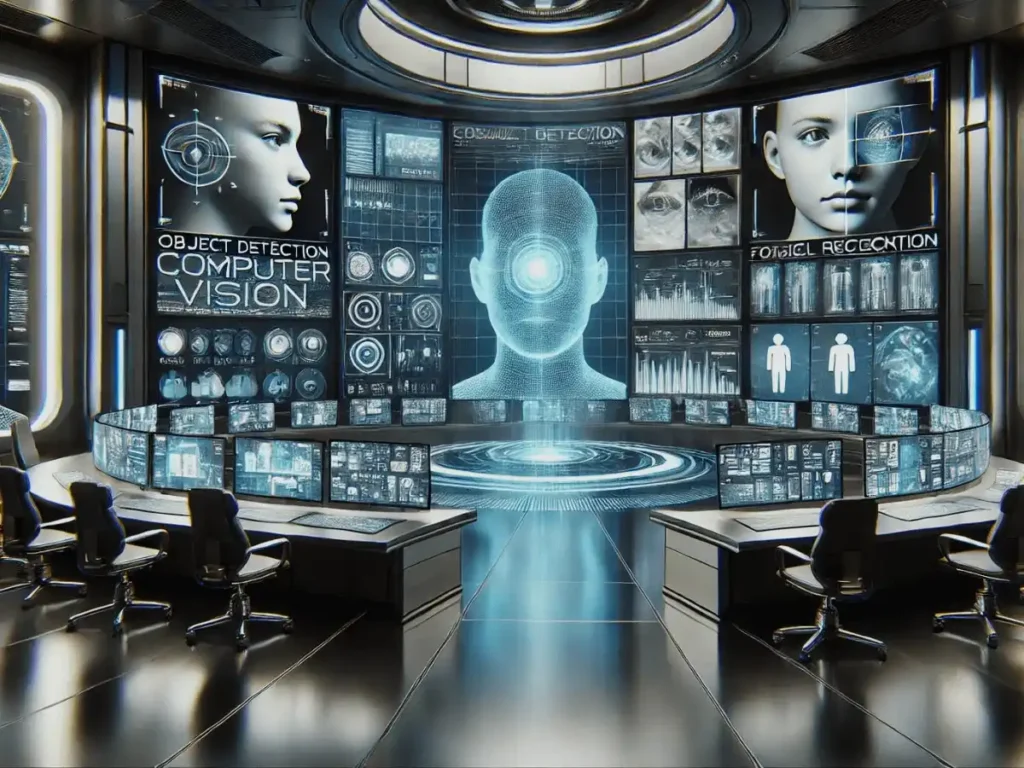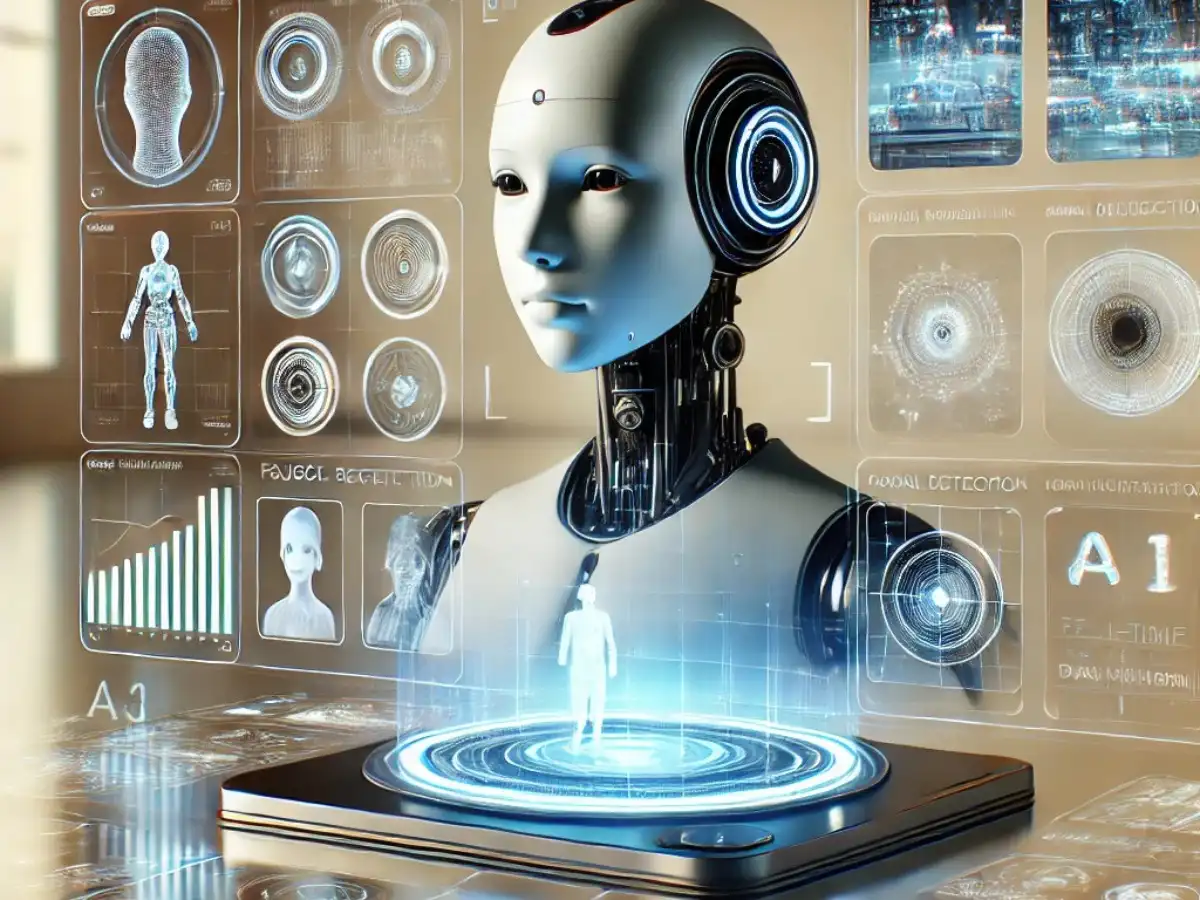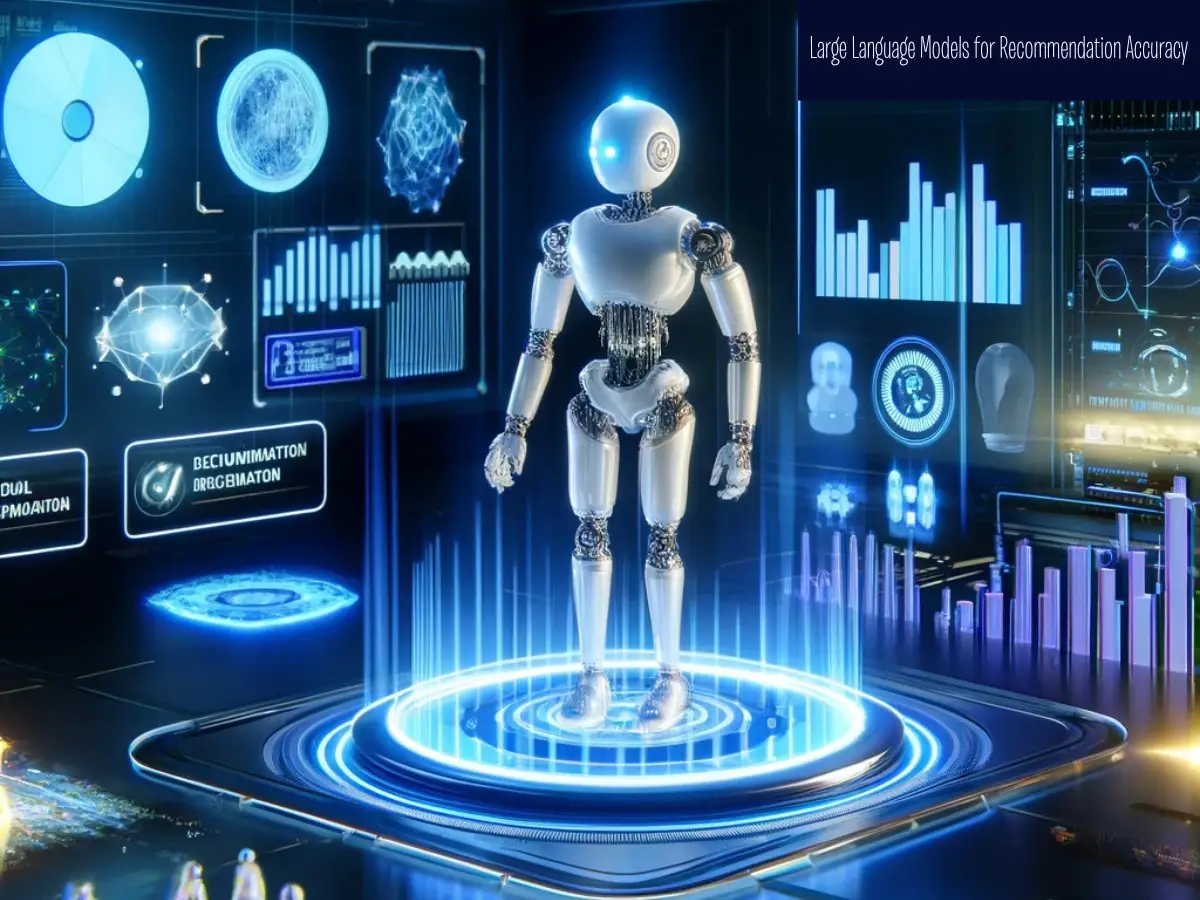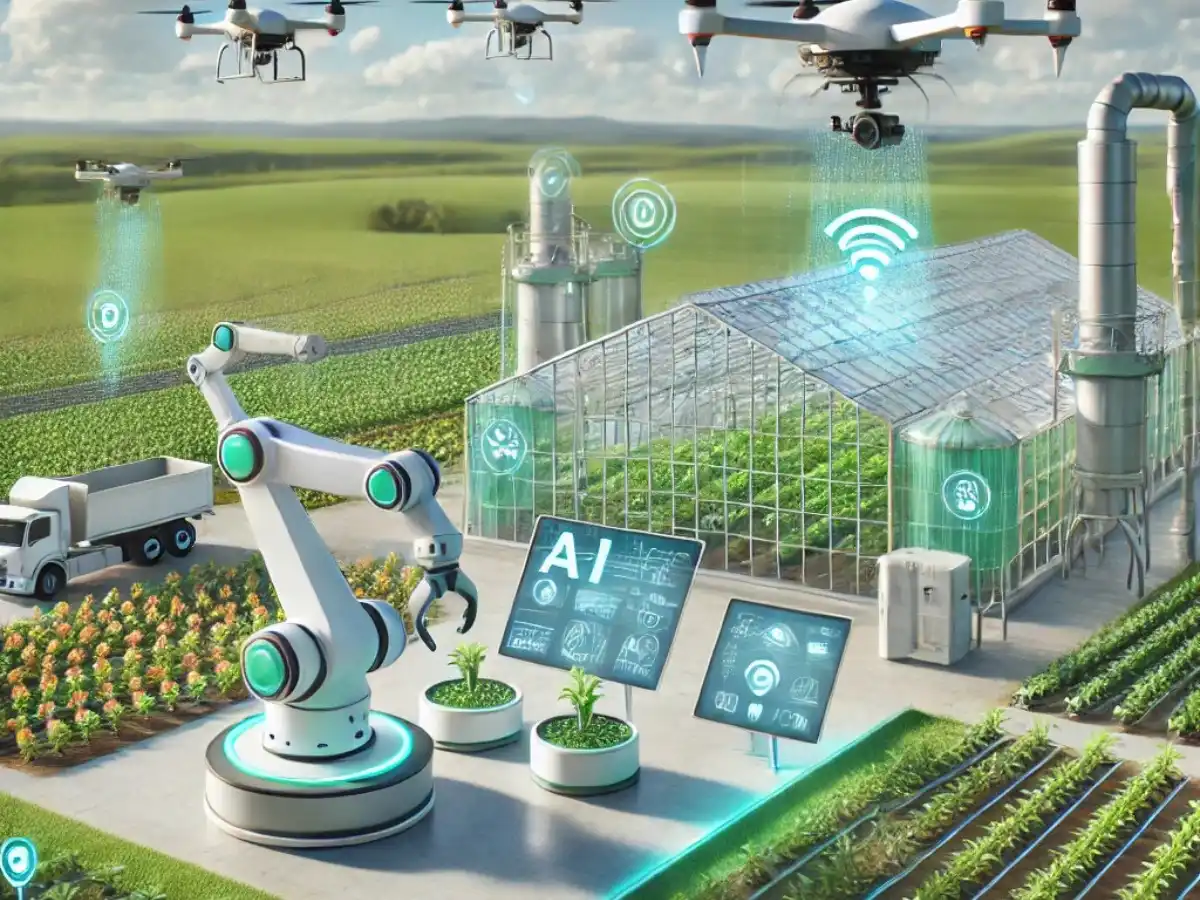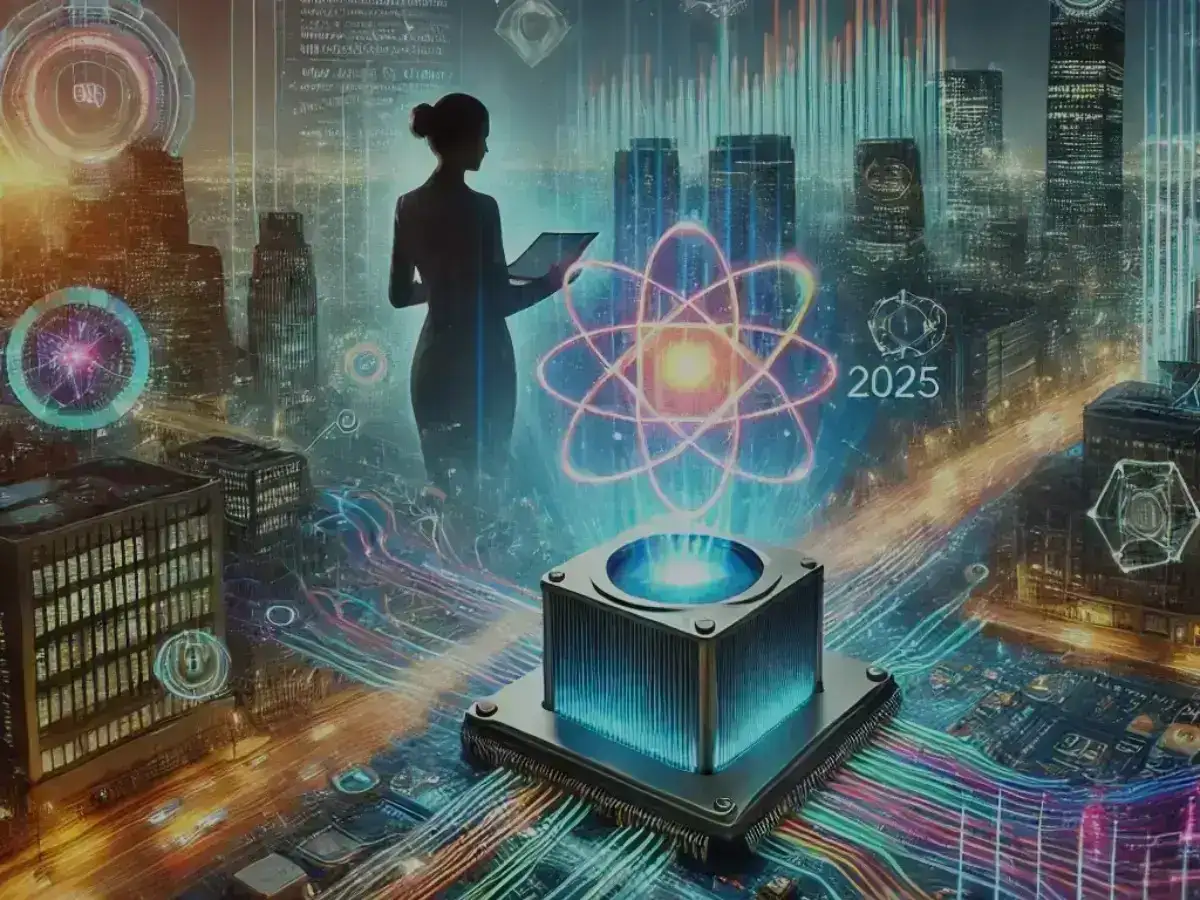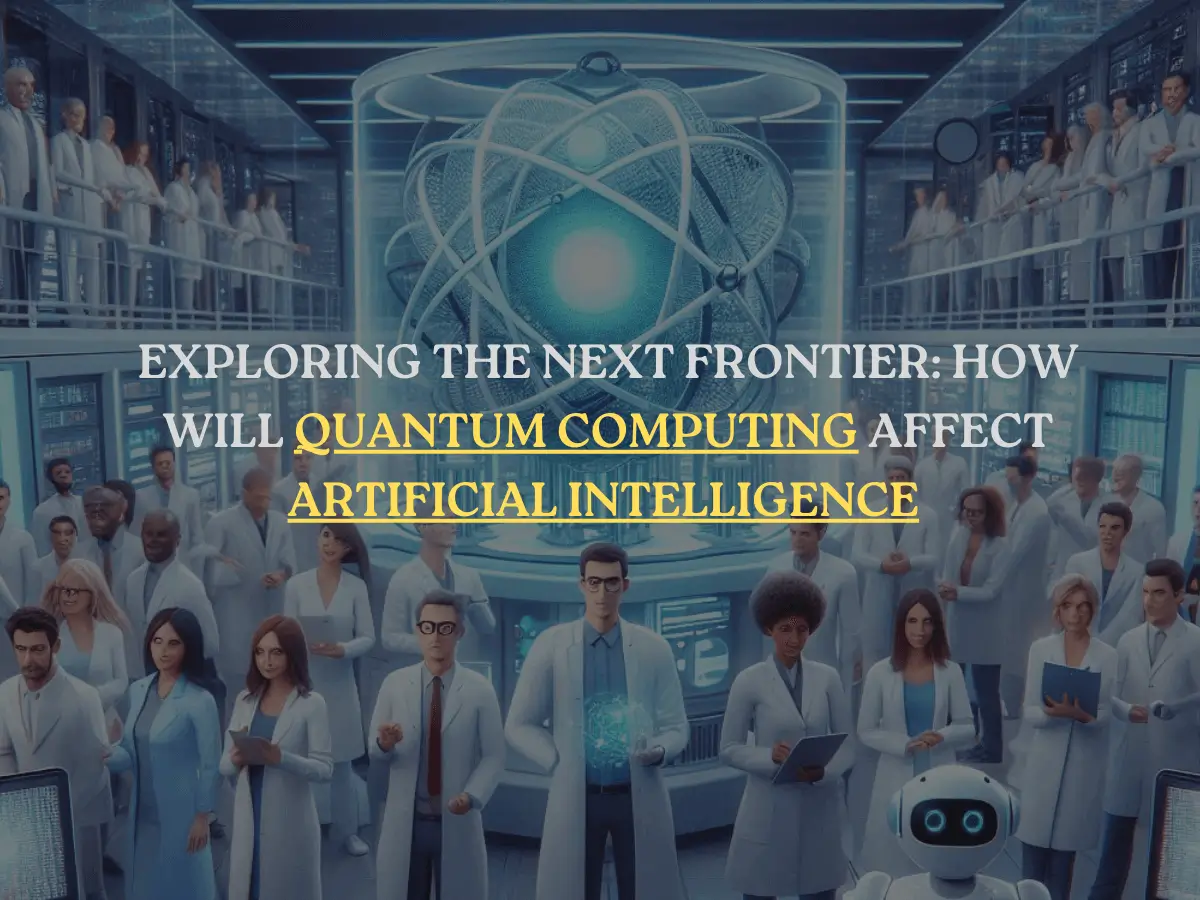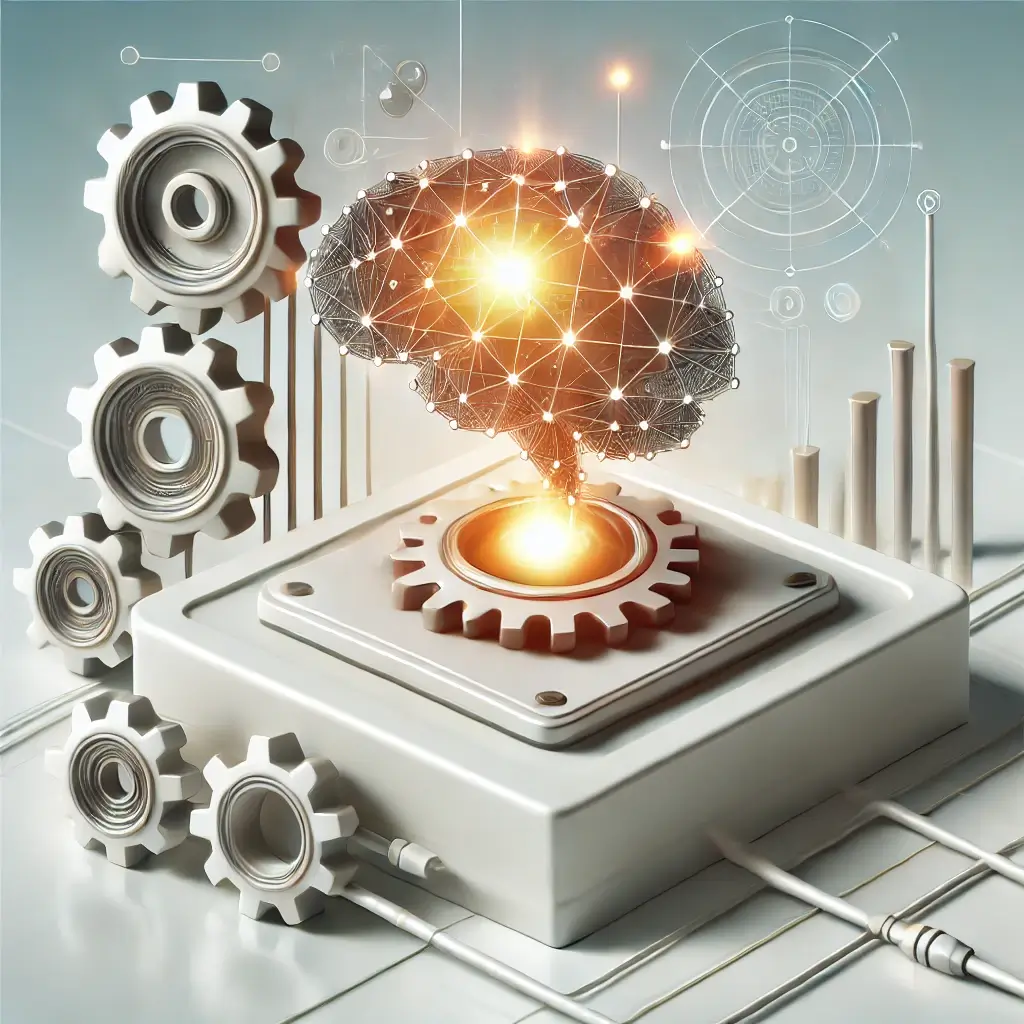Seeing as how computer vision technology continues to blend the real and virtual worlds, business operations are evolving as well. Operations such as facial recognition systems and even the processing of radiological images are possible. Here we see how to implement classical computer vision in business.
Machine learning and deep learning are, in fact, the buzz words of this and many other disciplines. Still, traditional methods in computer vision are crucial in practice. These methods tend to provide feasible, practical, and efficient solutions to business issues. More often than not, they do this without the need for vast amounts of data or complex models.
In this blog, the nature of computer vision; how to implement classical computer vision in business. The focus is on how it works and its importance to the business world. For any entrepreneur wishing to remain competitive, there is no choice but to embrace it.
How Computer Vision Works?
Just like we humans perceive the world around us, a computer vision enables a computer to accept an array of images or videos and make sense of it. It recognizes objects, makes sense of the information and identifies useful patterns via different models and algorithms.
They heavily depend on some very advanced methods such as image processing, feature extraction and pattern recognition. Such methods pave the way for more intricate advanced methods like convolutional neural networks along with deep learning models.
In summary, computer vision takes in visual data and deconstructs it to a degree that is understandable. These components work together to allow machines to identify and categorize assets, monitor actions, and discover irregularities in reality.
Essential Methods for Processing Images with Computer Vision
Here are the methods for processing images with computer vision:
1. Image Processing
Before visual data can be analyzed, it must first undergo image processing. Noise reduction, edge detection, and color modification are some of the activities involved. Following these procedures aids systems in concentrating on picture or video content that is most important.
2. Feature Extraction
Image features like edges, forms, or textures can be located using this method. Computers are able to successfully distinguish and categorize items thanks to feature extraction.
3. Recognition of Patterns
When presented with visual input, pattern recognition allows systems to spot repeated shapes, motions, or sequences. It finds extensive use in the realms of medical imaging, object tracking, and face recognition among researchers.
4. Optical Character Recognition (OCR)
OCR is a tool that can digitize handwritten or printed text. For jobs like data input automation or document digitization, this capability is priceless.
5. Convolutional Neural Networks (CNNs)
Convolutional neural networks (CNNs) are a subset of deep learning models developed for image analysis. They have exceptional vision and can spot patterns in photos. Autonomous vehicles and image recognition frequently employ them.
How to Implement Classical Computer Vision in Business: Real-World Applications
Following are the real world application explained below for classical computer vision:
1. Managing Inventory
Computer vision is useful for keeping track of goods in warehouses and retail. Systems can read barcodes, count things, and even find missing supplies thanks to it. As a result, productivity rises and human error falls.
2. Medical Imaging
Medical pictures like X-rays, MRIs, and CT scans are analyzed by healthcare experts using computer vision systems. These aids speed up the diagnostic process, make it easier to spot anomalies, and detect diseases.
3. Driverless Vehicles
For real-world navigation, autonomous cars depend on computer vision systems. To ensure safe and efficient operation, they use object tracking and image recognition to identify road signs, lanes, and obstructions.
4. Face Detection
A person’s distinctive traits can be used by facial recognition technologies to confirm their identity. Security, customized services, and payment systems are just a few areas where this technology finds widespread usage.
5. Ensuring Product Quality in Production
Computer vision is useful in manufacturing for checking goods for flaws. It uses video or image analysis of assembly lines to guarantee that only products of the highest quality make it to consumers.
6. Optical Character Recognition
Optical character recognition (OCR) is used by businesses in all kinds of organizations to digitize paper documents. Invoice processing and record management are two areas that benefit greatly from this automation since it removes the need for human data entry.
Why Businesses Should Use Computer Vision Technology
The question arises how to implement classical computer vision in business and why? The reasons are as follows:
1. Increased Efficiency
Computer vision reduces the time and effort required to do repetitive jobs. Employees can focus on more strategic operations by automating processes such as inventory counts and document scanning.
2. Cost Savings
Automation fueled by computer vision reduces operating costs. Businesses can decrease errors, waste, and improve procedures.
3. Enhanced Accuracy
Machine learning and deep learning models enhance accuracy in applications such as object detection and picture recognition. This results in better outcomes in areas like medical imaging and quality control.
4. Real Time Decision Making
Computer vision systems deliver insights in real time. This is especially beneficial in applications that require quick choices, such as driverless vehicles or security monitoring.
5. Scalability
Computer vision technologies can be scaled to meet evolving business requirements. These systems can easily adapt to examining hundreds or thousands of photos.
The Role of Artificial Intelligence and Deep Learning
Deep learning and AI have changed the game for computer vision technologies. This is why the capabilities of computer vision systems have drastically improved with the introduction of deep learning models like Convolutional Neural Networks (CNNs).
For instance, these models are employed in self-driving cars to interpret the environment. Facial recognition systems use AI algorithms to identify people with impressive accuracy.
Even with all these advancements, traditional methods are still really important. They provide straightforward, budget-friendly options for businesses that don’t need complex features.
Challenges in Computer Vision
Here are examples of different challenges faced while tackling complexities:
In real-life scenarios that require quick thinking and actions, it could be difficult to digest visual information. At times, systems may struggle because of poor light, obstructions, or a cluttered background.
- Quality and Availability of Data: Having precise videos or images is key to obtaining quality results. Computer vision systems can be significantly affected by bad data quality.
- Working with Current Systems: Integrating computer vision technology with the existing hardware and software can be daunting. For computer vision systems to work properly, it is very critical for businesses to ensure that everything works together seamlessly.
These technologies such as facial recognition raise some privacy-related questions. These tools should be used only if businesses can prove that they can adhere to the regulations that address the issue of privacy and use them in a compliant manner.
How Computer Vision is Transforming Retail, Healthcare, Manufacturing, and Beyond
1. Retail
- Shelf Stock Monitoring: A retailer employed computer vision to monitor stock levels which helped decrease stockouts and improve customer satisfaction.
- Customer Behavior Analysis: AI driven cameras examined the movement of customers within stores to better target where products were located and how the store was organized.
- Self-checkout Systems: AI recognition systems to identify products at self checkout kiosks were introduced by retailers to decrease wait times at the registers and increase throughput.
- Fraud Prevention: Computer vision was applied to identify suspicious activities such as shoplifting through the security camera feeds in real time.
- Personalized Advertising: AI vision systems that analyzed customers’ facial features and expressions enabled marketing digital displays to modify advertisements to better suit the consumers.
![]()
2. Healthcare
- Medical Imaging Diagnostics: With the aid of AI, radiology instruments were developed to identify early symptoms of diseases such as cancer, consequently enhancing patient care.
- Surgical Assistance: With augmented reality (AR) combined with AI and vision doctor navigation systems, the surgeons are guided through intricate procedures more precisely.
- Patient Monitoring: AI powered cameras surveillance the movements of patients within the hospital to prevent them from falling and alerting staff when necessary.
- Skin Disease Detection: AI powered devices have been harnessed by dermatology clinics to evaluate skin disorders and recommend treatments based on visual assessment.
- Remote Diagnosis: Images taken of the symptoms from the patients are uploaded and used by AI vision tools in telemedicine applications to perform diagnosis, helping improve diagnosis.
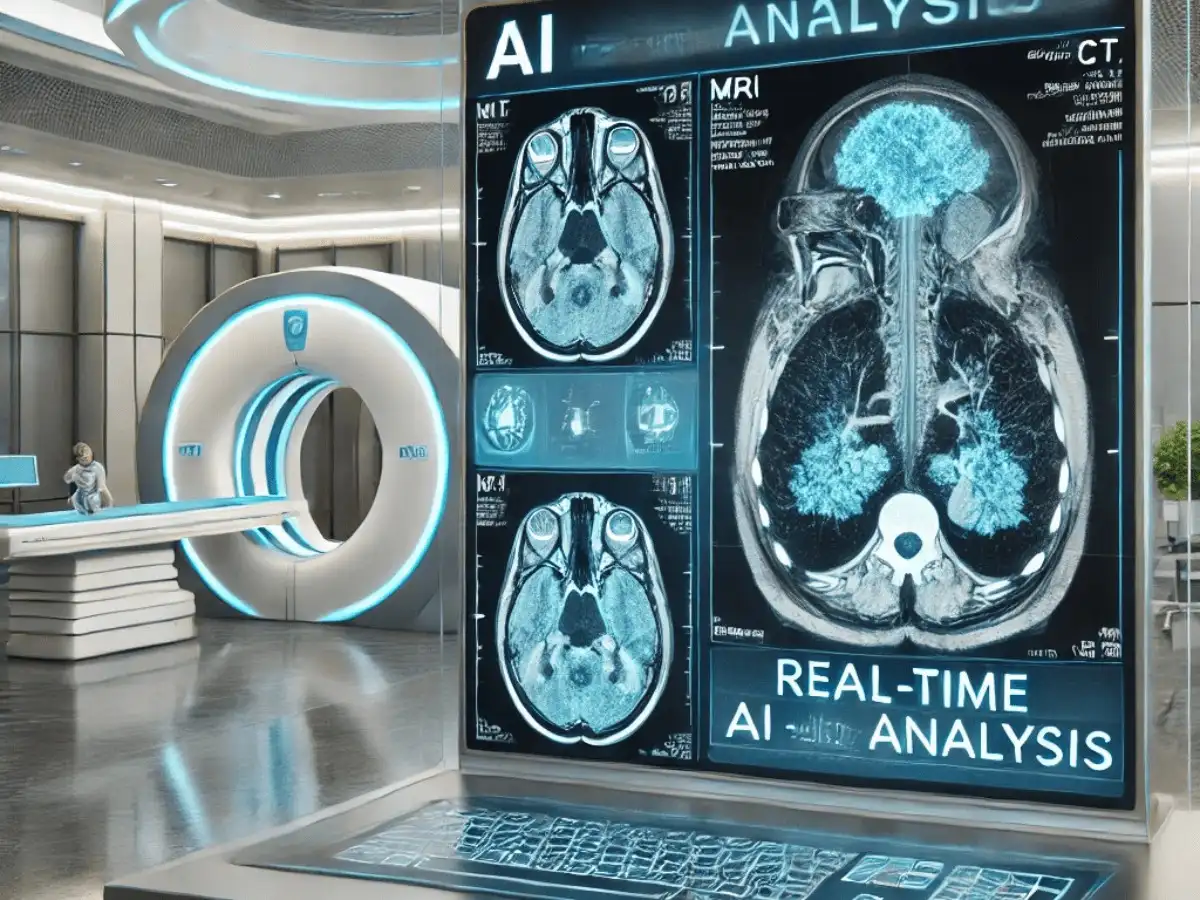
3. Manufacturing
- Automated Quality Control: Object detection undertaken by artificial intelligence was use to spot defects in products, which greatly diminished errors and waste during manufacturing processes
- Predictive Maintenance: Computer vision systems monitored the machinery for fractures to avert significant failures
- Supply Chain Optimization: Cameras that worked with the help of AI assisted in real time surveillance of raw materials and inventory, which enabled more sophisticated production planning
- Workplace Safety Monitoring: Safety and health regulations were adhere to using vision systems that detected workers absence of protective clothing
- Assembly Line Automation: By using robotic vision powered by artificial intelligence, precise assembly of components into packages done faster and more accurately
4. Agriculture
- Crop Health Monitoring: Analyzed the health of the plants, where drones with AI vision were able to find diseases and lack of nutrients early.
- Automated Harvesting: AI-enabled robotic arms selected and harvested fruits and vegetables that were ready at great accuracy.
- Livestock Monitoring: The health and behavior of animals monitored using AI vision technology to identify illnesses or changes from normal eating patterns.
- Weed Detection and Removal: Computer vision used by intelligent farming equipment to differentiate between weeds and crops and minimize the spraying of herbicides.
- Soil Analysis: AI-enhanced imaging was used to evaluate the soil, enabling farmers to make informed choices on fertilizers and irrigation.
5. Security & Surveillance
- Facial Recognition: AI-powered surveillance cameras identified individuals for access control and security purposes.
- Crowd Monitoring: Vision-based systems detected unusual behaviors or overcrowding in public places, helping prevent incidents.
- Intrusion Detection: AI cameras recognized unauthorized movements in restricted areas, triggering real-time alerts.
- Traffic Management: Smart traffic cameras analyzed vehicle movements, optimizing signals and reducing congestion.
- Suspicious Activity Detection: AI vision detected anomalies in surveillance footage, enhancing crime prevention efforts.
6. Automotive & Transportation
- Autonomous Vehicles: Self-driving cars used computer vision for obstacle detection, lane following, and pedestrian recognition.
- Driver Assistance Systems: AI-powered cameras monitored driver behavior, detecting drowsiness and distractions.
- License Plate Recognition: Automated toll and parking systems identified vehicles using AI-based plate recognition.
- Traffic Violation Detection: AI-assisted cameras captured violations like speeding and running red lights, improving road safety.
- Fleet Management: AI-powered cameras monitored fleet vehicles for route optimization and fuel efficiency.
7. Logistics and Supply Chain Management
- Hey, have you heard about warehouse automation? It’s pretty cool how computer vision systems can track inventory in real time! They keep track of stock levels, spot items that are out of place, and assist with planning for restocking. Image processing technology scans barcodes and labels way quicker than doing it by hand, which really helps to speed up workflows.
- Did you know that computer vision can really boost how efficiently delivery routes planned? Pretty cool, right? By looking at things like traffic and weather, systems can give you updated navigation options. AI-powered image recognition helps keep packages safe by spotting any damage or tampering while they’re on the move.
- Predictive Maintenance: In logistics hubs, cameras with computer vision technology keep an eye on equipment to catch early signs of wear and tear. This helps cut down on downtime and avoids expensive repairs by tackling problems before they escalate.
8. Customer Service by Personalizing the Experience
- In-store analytics: Retailers are using computer vision systems to take a closer look at how customers navigate their stores. Object tracking helps businesses figure out which spots grab the most attention. This information is great for improving how stores laid out and where products placed.
- Using Facial Recognition for Personalization: Facial recognition systems help spot repeat customers, allowing for personalized greetings or tailored promotions. For example, a restaurant might use this tech to keep track of a customer’s favorite dish.
- Virtual try-on are pretty cool: E-commerce platforms are using computer vision to bring augmented reality (AR) into the mix. Customers have the option to “try on” products like clothing or eyewear by simply uploading an image or video. This makes shopping better and cuts down on product returns.
9. Safety Measures and Fraud Detection
- Video Surveillance: Smart surveillance systems using computer vision can spot unusual activities or unauthorized access. Object detection algorithms keep an eye on footage all the time, letting security teams know about any potential threats.
- Fraud Detection: In the world of finance, computer vision systems are use to check documents like ID cards and banknotes. This helps stop fraudulent transactions by spotting forgeries or changed documents.
- Access Control: Facial recognition and biometric scanning help make sure that only the right people can get into restricted areas. These systems really boost security for offices, factories, and places that need extra protection.
Advances in Training Data and Machine Learning
The effectiveness of computer vision depends heavily on training data and machine learning models. Recent advancements have made these systems more accurate and reliable.
1. Smaller Training Datasets
Traditionally, computer vision required large amounts of labelled data for training. However, improved algorithms now achieve high accuracy with smaller datasets. This makes it easier for businesses with limited resources to adopt the technology.
2. Transfer Learning
Transfer learning allows businesses to use pre-trained models for specific tasks. For instance, a company could adapt an existing facial recognition model for employee attendance tracking. This approach reduces development time and costs.
3. Real-Time Machine Learning
Real-time learning enables systems to adapt to new data quickly. For example, autonomous vehicles can learn from changing road conditions without requiring retraining from scratch.
Future of Computer Vision in Business
Exciting advancements in computer vision, anticipated in the future. Its capabilities will further improved by advancements in hardware, algorithms, and applications.
- Edge Computing: By processing data locally, edge computing lowers latency for computer vision systems. This is particularly helpful for time-sensitive operations like medical imaging analysis or manufacturing object monitoring.
- Systems for 3D Vision: 3D computer vision is becoming more popular, even if existing systems are excellent at analyzing 2D images. 3D modeling and depth perception are advantageous for engineering and construction companies.
- Ethical AI Practices: Businesses will need to implement ethical practices as the usage of surveillance and facial recognition technology grows. This entails maintaining openness, safeguarding privacy, and abiding by rules.
How to Implement Classical Computer Vision in Business: Future Trends
1. Greater Use of AI Models
As AI continues to evolve, businesses will adopt even more advanced computer vision systems. These models will handle complex tasks with greater accuracy.
2. Integration with IoT
Combining computer vision with IoT devices will enhance applications like smart surveillance and industrial automation.
3. Expansion into New Industries
Fields like agriculture and education are beginning to embrace computer vision. This will open up new possibilities for innovation.
4. Advancements in Medical Imaging
With continued improvements in image analysis, medical imaging tools will provide even greater support to healthcare professionals.
Conclusion: How to Implement Classical Computer Vision in Business
Computer vision is reshaping industries by automating processes, enhancing efficiency, and enabling real-time decision-making. From retail and healthcare to manufacturing and security, businesses that integrate AI-driven classical computer vision technologies gain a competitive edge with cost savings, improved accuracy and operational efficiency.
Make use of AI Culture in capitalizing the potential of Computer Vision
Our platform, AI Culture, helps you in how to implement classical computer vision in business for tailored services that cut across the limits of industries. From facial recognition and AI assisted inventory management, to medical imaging and automated quality control, your organization will greatly benefit from our intelligence powered algorithms designed for effectiveness, accuracy, and expansion capabilities.
Our team are well verse in image processing, and even deep learning which enables us to develop high throughput systems that improve processes and reduce costs while improving innovation. In parallel, we concentrate on business parameters and ROI so that AI is use positively. We help businesses fully leverage AI for computer vision technologies through workflows to maximize impact.
